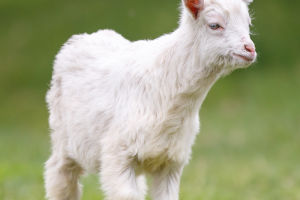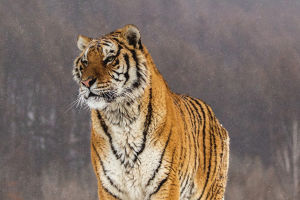When you think of zebras, what comes to mind? Is it the black-and-white look of the zebra's fur? The unique fur of the zebra stands out among all animals. What many people do not know is that there are no two identical zebras in the world, let alone two with exactly the same stripes.
The stripes of the zebra are as unique as the fingerprints of humans.
The zebra is native to the African continent, and no trace of this creature can be found on any other continent on earth. Those that survive in central, eastern, and southern Africa are called plains zebras, and they are stripped from leg to hoof or have no stripes on the legs.
The fine-striped zebra of East Africa, on the other hand, has dense, narrow stripes all over its body. There is another type of zebra, called the mountain zebra, and each species has a different stripe pattern.
According to the fossils of prehistoric equids that are now in the National Museum of the Kecken Beds in the United States, the evolution of the proto-horse to the zebra occurred first with the fine-striped zebra and then slowly evolved to the zebra of today.
As we all know, the most obvious feature of zebras is the black and white stripes on their bodies, which are quite recognizable. So the question arises, Are the zebra black stripes on a white background or white stripes on a black background?
In the beginning, many people said that zebras are black stripes on a white background.
This is not only in line with the normal thinking of people because humans will subconsciously take white as the base color, but it is also in line with some characteristics of the zebra. For example, the zebra's abdomen has no stripes, and with further research, people have found that the zebra's skin color is not so simple.
Only the fur is white; for example, the continuity of white stripes is greater than the continuity of black stripes. Therefore, many people use this as a basis to say that zebras are "white with black stripes." Since the Middle Ages, it has been common knowledge that zebras have a "white background and black stripes."
Regardless of the differences in pattern and color on zebras, their skin color is actually black. Let's take a look at the melanocytes of zebras, or the pigment-producing cells in their fur, and we can get a better understanding of this.
The skin of zebras is black, but different developmental processes will lead to their fur being a different color. Just like how Asian hair is black, we will find that some people's hair is a little yellow. In early embryonic life, zebras are black all over.
In other words, their true color is black. It is in the late embryonic stage that the white stripes become visible because of selective pigmentation. But unlike the zebra on the road, the black skin of the zebra will actually have both black and white hairs. It is the interplay of these two distinctly different colors of hair that creates the zebra's unique stripes.
Zebras are fascinating creatures with a unique appearance that is unlike any other animal in the world. Their black and white stripes are not only beautiful, but they are also as unique as the fingerprints of humans.
Although there are different opinions on whether zebras are black with white stripes or white with black stripes, their skin color is actually black. The interplay of black and white hairs on their skin creates the mesmerizing and distinct stripe patterns that we see today.


